#naturecultures
Text
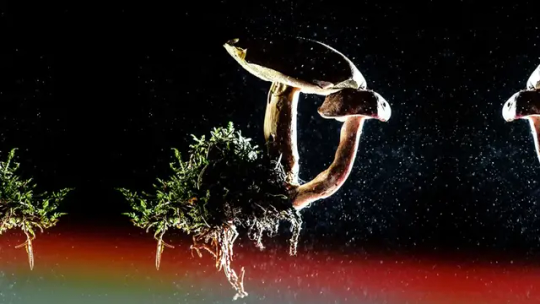
Queering the Wild by Micha Rahder (2019) [final]
Queer Intimacy in Non-Human Animals
The author introduces several examples of ‘queerness’ across the animal kingdom—the ‘birds and the bees’, --a lot about birds since we have a lot of research on them. The study on zebra finches reminded me of the concept of ‘naturecultures’; they choose their mates and often do not stray, same-sex or otherwise and so this supports the idea that there is more to ‘bird life than breeding and that the social aspects of bonding might be just as important’ (02).
“The idea that sexual activity might be about more than just making babies is hard for people who were raised in contemporary U.S. American culture in particular, with its focus on abstinence-only sex ed and heavy legislation of uteruses and the people who have them” (02) but finches, bonobos, dolphins or ‘female fish that prefer males that have had sex with other males, all chip away at that anthropocentric frame’ (02).
“Because scientists carry their cultural biases into their work, most research approaches these kinds of queer traits and behaviors as problems to be solved” (02). Heteronormativity has made scientists ‘run in circles’ trying to explain why such ‘maladaptive’, ‘perverted’ traits appear throughout the natural world such as nutritional deficiencies, the stress of captivity, that they’re just ‘dumb’ and can’t tell the difference, it’s a ‘misfire’ attempt at heterosexuality, or they’re just ‘practicing’.
“Evolutionary biologists need to think about same-sex sexual behavior in non-human animals as more than just a problem to be solved” and “same sex sexual behavior is both a trait that is potentially shaped by selection and a force that shapes selection on other traits” or they should “consider how same-sex sexual activities shape ongoing evolutionary processes” (03).

Extending Our Chosen Family
Evolution has no “direction or purpose” and humans are not “the representation of the ultimate expression of life on earth” (03). If we look at microbiology, we can see true diversity. “Only recently have scientists started to pay attention to how much [microbes exchanging DNA] might be driving evolution” (03). Fungi are also an incredible example of sexual diversity; with one species alone having more than 23,000 documented mating types (sexes) and individuals can physically ‘merge or separate in different environmental contexts’ making it difficult to differentiate them.
‘Symbiopoesis’ or “how organisms can be intimately involved in each other’s development” (squid and light emitting bacteria, bees and pollination, acacia trees and ants, wasps and figs).(03) Again this reminds me of the Lakota concept of Mitakuye Oyasin—we are all related, all my relatives.
Competition//Cooperation is another binary that queer ecology can challenge.
“Queering nature means learning about our connectedness with all the living earth. Here, the classic queer recognition of chosen family extends beyond humans, recognizing our kinship and interdependence with our companion animals, the foods we eat, our microbes and others. It means taking pleasure in those connections, learning to recognize pleasure in others and understanding how our human identities, gender expressions and sexual behaviors are only a small piece of the wide, queer living world” (04).
Queer ecology asks us to be curious about the ‘magnificent overabundance of reality’ (Bagemihl). “Breaking free from the historical biases of science allows us to move forward together with other life on earth, rather than thinking ourselves as separate from or above it. That kind of hierarchical thinking has kept queer and other marginalized communities away from the benefits of being outdoors and has led directly to the tangle of global environmental crises in which we find ourselves now. Learning from non-humans is a great way to undo these legacies” (04).
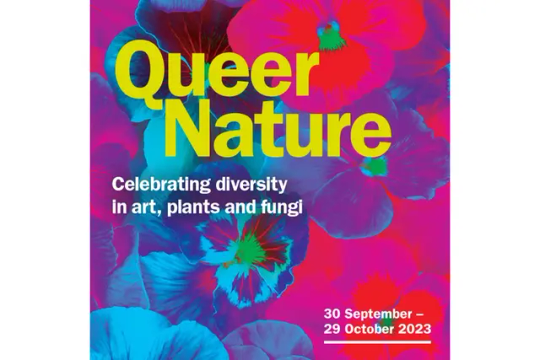
#queering the wild#queer ecology#queer nature#ecofeminism#heteronormativity#queer theory#critical ecology#environmental politics#ecology#queer history#mitakuye oyasin#evolution#naturecultures#Symbiopoesis
37 notes
·
View notes
Text




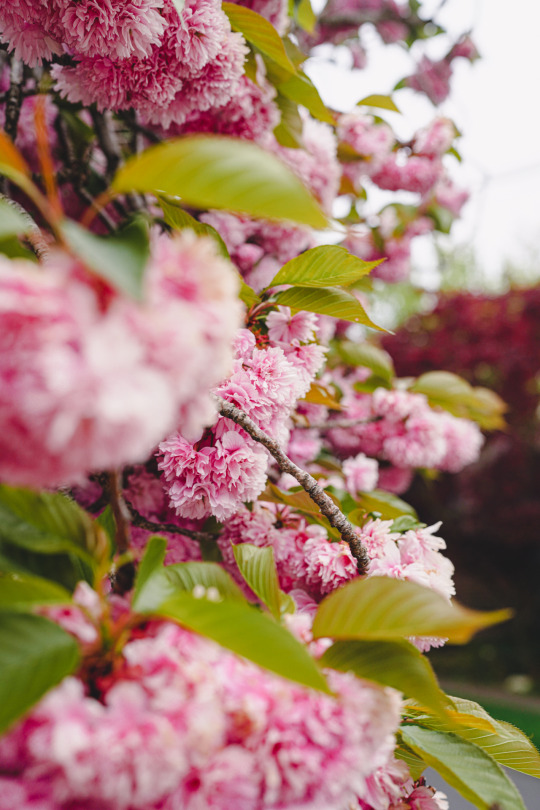

Yesterday evening's walk. Everything smelled wonderful. I wonder when they'll bring the fire goats through this year - the meadow got a lot of growth out of the wet winter and the last couple weeks of sun. It's always a high point of the dry season to see them take down all the foxtails and poison oak that have built up over the spring, and there will be plenty of fuel load for them to take care of. Here's to hoping for a relatively quiet fire season, and a lot more summer fog.
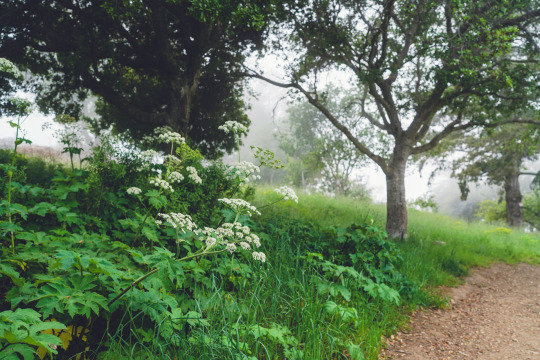

#Heracleum maximum#cow parsnip#Echium candicans#pride of madeira#wisteria#fog#mist#rose#advection fog#oak#flora#evening walk#sonya7r4#sonya7riv#digital photography#color photography#photographers on tumblr#original photography#succulents#natureculture#green#purple#pink#trails#dry season#rainy season#meadow#flowers#overgrown
594 notes
·
View notes
Text
More Than Human. Design nach dem Anthropozän: Berlin ab 22.03. 2024
Das Berliner Kunstgewerbemuseum startet im März 2024 eine neue diskursive Plattform mit Pop Up-Ausstellungen, Vorträgen, Workshops und Diskussionspanels, um sich mit dem komplexen Konzept des „More Than Human“ aus der Perspektive der Gestaltungsdisziplinen, insbesondere des Designs, auseinanderzusetzen. Das Projekt startet am 22. März 2024 mit einem international besetzten Symposium und wird bis…
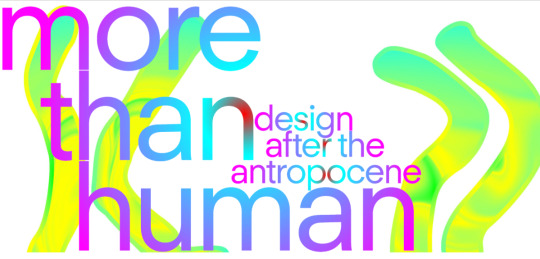
View On WordPress
#angewandte Kunst#Anthropozän#Berlin#Berliner Kunstgewerbemuseum#Claudia Banz#Design#Diskussionspanel#Donna Haraway#Handwerkskunst#Institute of Design Research Vienna#Kunstgewerbemuseum#Lynn Harles#Maurizio Montalti#More than Human#Natureculture#NaturKultur#Naturwissenschaften#Officina Corpuscoli#Praxis#Symposium#Theorie#Transformationsprozesse#Vortrag#Workshops#Wunderkammer
0 notes
Text
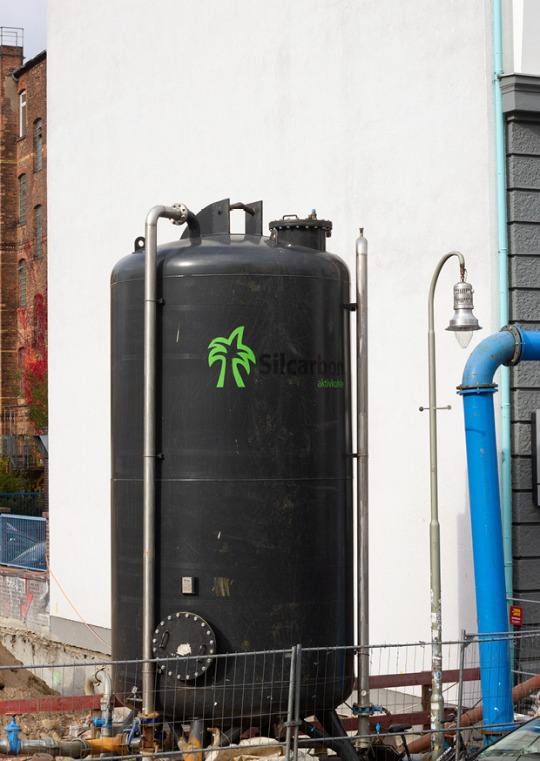
the first one. Kreuzberg, September 2020.
#photography#nature#palm trees#lisa hoffmann#palmsofberlin#berlin#art#natureculture#city#situationist international#flaneuse
0 notes
Text
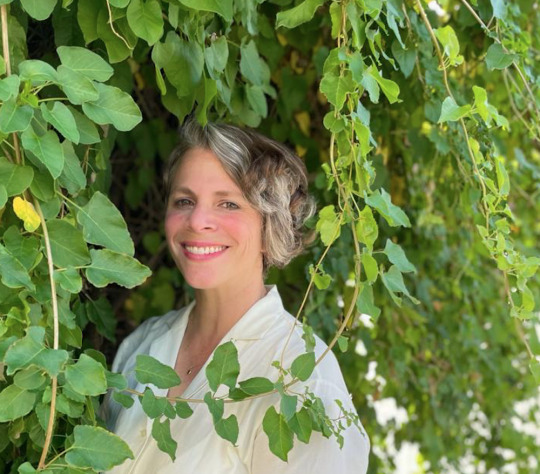
BLUE COMMUNITY NETWORK
«Ich unterstütze die Blue Community Initiative, weil sie einen Pakt darstellt zwischen Wasserwerken und den Gesellschaften, denen sie dienen: Es handelt sich hier um die kollektive Verpflichtung, Wasser in öffentlicher Hand zu behalten und mit langfristigen Zielen und umweltgerechter Planung zu bewirtschaften. Diese Selbstverpflichtung der öffentlichen Hand macht nicht nur ökonomischen und ethischen sondern auch ökologischen und infrastrukturellen Sinn.»
Andrea Mühlebach
Professorin für Maritime Ethnologie und Kulturen des Wassers, Universität Bremen.
Autorin von "A Vital Politics: Water Insurgencies in Europe" (Duke University Press, Open Access).
Leiterin des Bremer NatureCulture Labs.
Vernetzt mit der Blue Community Schweiz über X/Twitter
english: https://bluecommunity.ch/bc-network
0 notes
Text
Our Land as Kin
(Political + Spiritual Imperatives for the Future)

The most prominent section of this chapter discusses the impact that colonialism has had on individuals and their relationships with non-human beings. Individuals have been stripped of land and traditions, practices have been erased, and narratives have been captured. Even to this day, people are being forced to move from their homes, due to colonial influences, and reparations are not being made. It is pointed out that to change is to take stock of our relationship with the environment around us and reshape how we see it. As Tammy Greer, in the chapter points out, everything has a purpose, and if we can’t see it, that is us being ignorant. Creating value for humans and nonhumans is vital to thriving and changing the harmful narratives.
In one of my classes, we discussed Donna Haraway's concept of natureculture, and how nature is always seen through a society-prescribed lens. It is pointed out how nature can be made to exclude or be exploited. But stepping away from seeing nature as something separate from us, and rather seeing it as a being and as autonomous, is the first step in stepping away from colonialist tendencies. This creates a restored relationship where we are both giving and receiving rather than commodifying or destroying.
"Understanding everything has its place and it has its ways and it has its usefulness and it has its value . . . it’s a value because it exists. Obviously, if we don’t know why it’s there or what its value is, it’s our ignorance." - Tammy Greer
0 notes
Quote
- we specialize in the human and more-than-human condition, and inventive feminist materialist philosophies and methodologies. This entails work in environmental humanities, human animal studies, cultural studies of science and technology, AI and new media, citizen science/citizen humanities, digital and techno-humanities, body studies, medical humanities and environmental health (especially toxic embodiment), the posthuman, a-human, inhuman, nonhuman, and trans-, queer or anti-imperialist theory-practices, feminist science studies, and other inter- and/or postdisciplinary areas of researching. What we have in common is an understanding of a complex and changing world that does not admit to old academic disciplinary divisions of labour (i.e., that research on “culture” is for the humanities and “nature” for science.) We work instead to meet up with pressing societal challenges – such as those of sustainability and how we can become better ancestors to generations ahead, creative AI and synthetic biology, environmental change and mass species extinction - across the natureculture divide and we target specific cases. Curiously, creatively, critically, and collaboratively.
The Posthumanities Hub - Linköping University
0 notes
Photo

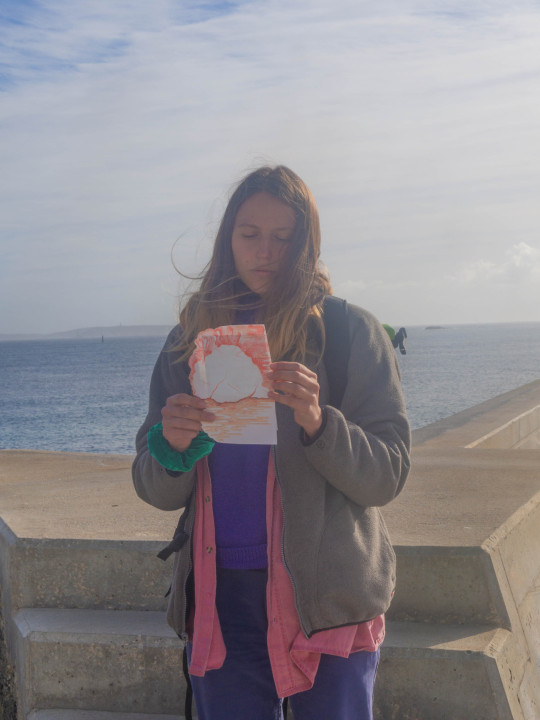


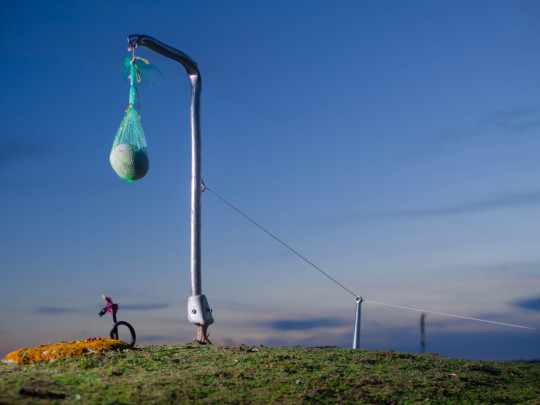


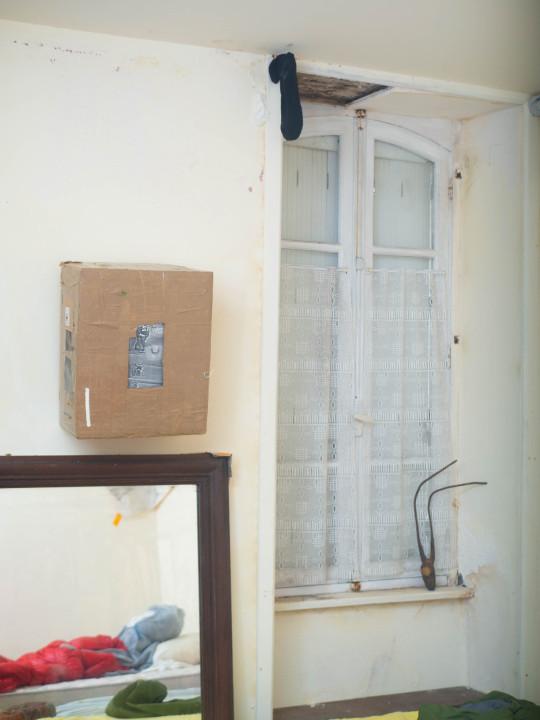
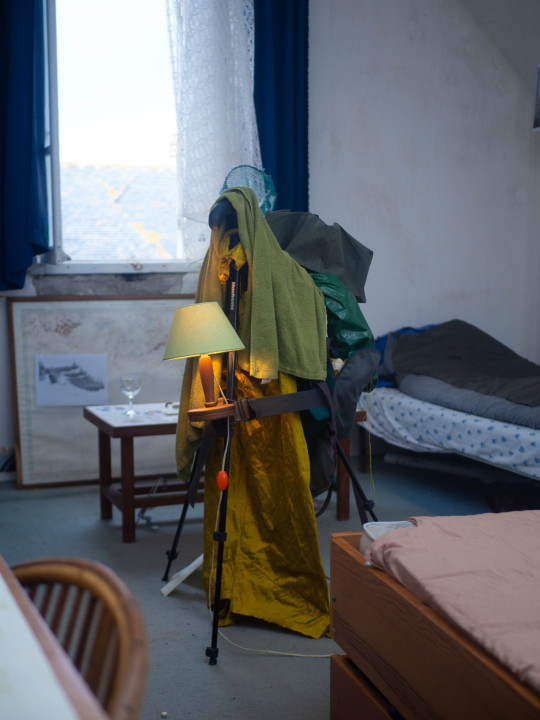
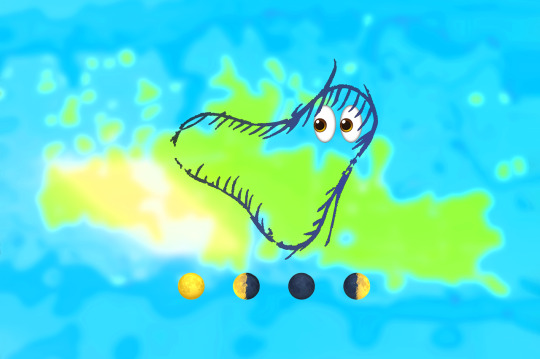
.zip.psd
–
Fanal Parade, “Iéna Situation” #3, une résidence du 8 au 16 Octobre 2022, sur l’île de Sein.
–
Une journée sénane avec :
Marianne Dupain, Morgane Le Doze, Raphaël Massart, Matthias Odin, Mathis Perron, Janna Zhiri.
—
Fanal Parade est le 3e volet de “Iéna Situation”, un cycle de recherche s’intéressant aux potentialités théoriques et artistiques du premier romantisme allemand. À la différence des deux premiers volets, Fanal Parade est une résidence d’une dizaine de jours sur une île dans le Finistère, et propose de réfléchir collectivement à la question de la représentation.
Le voyage commence en bateau, où nous réunissons pour la première fois nos différentes réalités. Immersion dans le monde et découverte de l’île, l’Insula Seidhun, lieu des fées en breton. On y trouve les fées Morgane, élève de Merlin ; Ahès qui défia Ankou — la mort, ainsi que Dahut fille du roi Gradlon que son père voulait tuer pour l’empêcher de prendre le pouvoir sur la ville d’Ys, cité engloutie mythique sous l’île de Sein. Il y a aussi des Korrigs et des Teuz : Les Korrigs sont des créatures qui protègent les lieux, iels vivent dans les Landes de l’île. Les Teuz, elleux sont des génies domestiques qui vivent près des humains.
Touxtes ces esprits ont disparu·e·x·s, endormi·e·x·s par volonté de séparation de l’Empire. Iels se cachent maintenant dans ses brèches, dans les derniers espaces qu’il n’a pas encore investis. Mais iels ne se trouvent pas dans la « Nature » — et il ne faut surtout pas comme le voudrait Rousseau « revenir à la Nature » pour les trouver. Iels détestent la nature, c’est une invention de l’Empire qui a séparé les lieux, les animaux, les gens et la « culture » pour imposer son projet destructeur, normer, dominer et assécher. Iels conservent la mémoire de l’époque où il n’y avait que l’Unx, seulement la natureculture. C’était avant que l’Empire impose la doctrine de l’Être, la permanence des essences et la séparation. L’âme du monde était unie, en mouvement, générant différences et relations — pure immanence et joie.
Ainsi, Fanal Parade veut convoquer les esprits de Sein, apparitions évanescentes de l’Unx sur les terres arides de l’Empire. Mais il faut abandonner le regard que l’Empire nous impose, fissurer l’idéologie, et renoncer à notre pouvoir de séparation. Il faut commencer par nous défamiliariser, par « rendre le familier étrange ». Il faut reformuler ce que nous voyons — par le verbe et la figuration, pour changer notre perception et faire apparaître les brèches.
Une fois les fissures béantes, nous pouvons invoquer les esprits et, comme le veut Novalis : « unifier l’esprit à la nature ». Mais il ne s’agit pas de transformer la « Nature » à l’image des hommes, mais de s’engager activement en tant qu’humain·e·x·s comme part de l’Unx, de tisser du lien avec l’autre, multiplier les relations, et accompagner la joie dans sa bataille contre l’Être et la tristesse.
C’est donc par la pratique et non par la production — qu’on invoque les génies. La production les fait fuir, elle est production pour elle-même, hors-sol, au contenu indéfini, pure consommation de matière, violence faite au monde, pouvoir-sur et négation. Celleux-ci lui préfèrent les pratiques localisées et multiples, celles qui ne s’échangent pas mais se partagent, celles qui sont pouvoir-avec, joie et dépassement.
Ainsi, contre le projet moraliste et réactionnaire du retour à la « Nature », nous voulons appeler, avec Iéna au dépassement des grandes dichotomies (nature vs culture, humain vs nature, humain vs machine, esprit vs matière…) à la recherche d’une vie harmonieuse dont la relation est le centre. Dès lors, nous voulons aller par delà les divisions de l’artistique, du politique, de l’économique ou de l’environnemental. Pour cela, Fanal Parade est une invitation à partager un Art qui n’est pas production de marchandise, mais manière de raconter l’Unx, de se raconter, de s’engager dans le monde et d’unifier.
—
photos : Raphaël Massart
0 notes
Photo




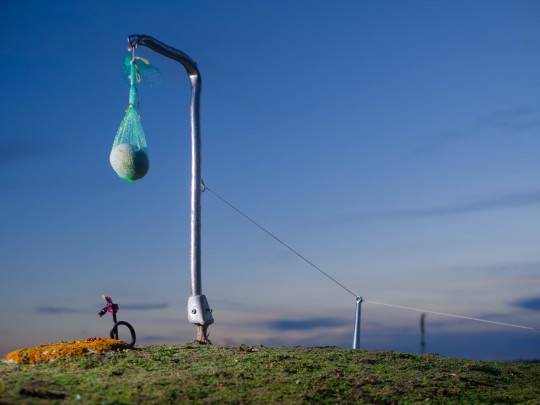



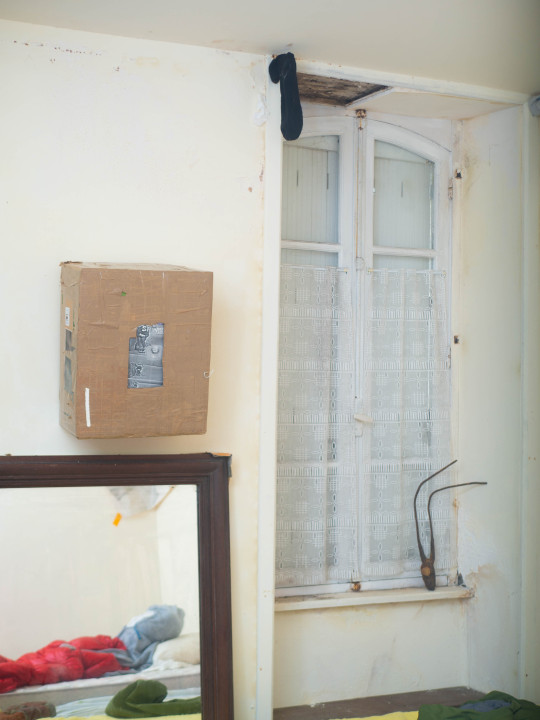

Fanal Parade
Iéna Situation #3
Fanal Parade est le 3e volet de Iéna Situation, un cycle de recherche s’intéressant aux potentialités théoriques et artistiques du premier romantisme allemand. À la différence des deux premiers volets, Fanal Parade est une résidence d’une dizaine de jours à l’île de Sein dans le Finistère, et propose de réfléchir collectivement à la question de la représentation.
Une journée sénane avec :
Marianne Dupain
Morgane Le Doze
Raphaël Massart
Matthias Odin
Mathis Perron
Janna Zhiri
—
Le voyage commence en bateau, où nous réunissons pour la première fois nos différentes réalités. Immersion dans le monde et découverte de l’île, l’Insula Seidhun, lieu des fées en breton. On y trouve les fées Morgane, élève de Merlin ; Ahès qui défia Ankou — la mort, ainsi que Dahut fille du roi Gradlon que son père voulait tuer pour l’empêcher de prendre le pouvoir sur la ville d’Ys, cité engloutie mythique sous l’île de Sein. Il y a aussi des Korrigs et des Teuz : Les Korrigs sont des créatures qui protègent les lieux, iels vivent dans les Landes de l’île. Les Teuz, elleux sont des génies domestiques qui vivent près des humains.
Touxtes ces esprits ont disparu·e·x·s, endormi·e·x·s par volonté de séparation de l’Empire. Iels se cachent maintenant dans ses brèches, dans les derniers espaces qu’il n’a pas encore investis. Mais iels ne se trouvent pas dans la « Nature » — et il ne faut surtout pas comme le voudrait Rousseau « revenir à la Nature » pour les trouver. Iels détestent la nature, c’est une invention de l’Empire qui a séparé les lieux, les animaux, les gens et la « culture » pour imposer son projet destructeur, normer, dominer et assécher. Iels conservent la mémoire de l’époque où il n’y avait que l’Unx, seulement la natureculture. C’était avant que l’Empire impose la doctrine de l’Être, la permanence des essences et la séparation. L’âme du monde était unie, en mouvement, générant différences et relations — pure immanence et joie.
Ainsi, Fanal Parade veut convoquer les esprits de Sein, apparitions évanescentes de l’Unx sur les terres arides de l’Empire. Mais il faut abandonner le regard que l’Empire nous impose, fissurer l’idéologie, et renoncer à notre pouvoir de séparation. Il faut commencer par nous défamiliariser, par « rendre le familier étrange ». Il faut reformuler ce que nous voyons — par le verbe et la figuration, pour changer notre perception et faire apparaître les brèches.
Une fois les fissures béantes, nous pouvons invoquer les esprits et, comme le veut Novalis : « unifier l’esprit à la nature ». Mais il ne s’agit pas de transformer la « Nature » à l’image des hommes, mais de s’engager activement en tant qu’humain·e·x·s comme part de l’Unx, de tisser du lien avec l’autre, multiplier les relations, et accompagner la joie dans sa bataille contre l’Être et la tristesse.
C’est donc par la pratique et non par la production — qu’on invoque les génies. La production les fait fuir, elle est production pour elle-même, hors-sol, au contenu indéfini, pure consommation de matière, violence faite au monde, pouvoir-sur et négation. Celleux-ci lui préfèrent les pratiques localisées et multiples, celles qui ne s’échangent pas mais se partagent, celles qui sont pouvoir-avec, joie et dépassement.
Ainsi, contre le projet moraliste et réactionnaire du retour à la « Nature », nous voulons appeler, avec Iéna au dépassement des grandes dichotomies (nature vs culture, humain vs nature, humain vs machine, esprit vs matière…) à la recherche d’une vie harmonieuse dont la relation est le centre. Dès lors, nous voulons aller par delà les divisions de l’artistique, du politique, de l’économique ou de l’environnemental. Pour cela, Fanal Parade est une invitation à partager un Art qui n’est pas production de marchandise, mais manière de raconter l’Unx, de se raconter, de s’engager dans le monde et d’unifier.
—
photos : Raphaël Massart
—
Du 8 au 16 Octobre 2022 @ Rue Saint-Guénolé, 29990 ÎLE DE SEIN.
0 notes
Text

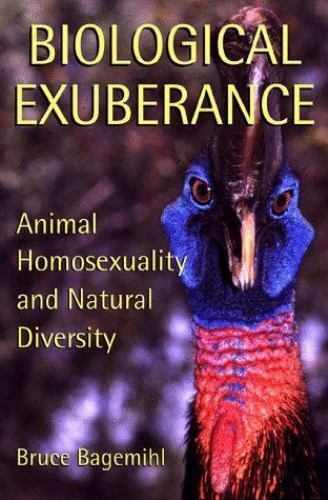
Eluding Capture: The Science, Culture, and Pleasure of “Queer” Animals by Stacy Alaimo
The chapter begins with three separate quotes—the one that speaks to me the most is by Bruce Bagemihl and his theory of Biological Exuberance where he defines it as, “above all, an affirmation of life’s vitality and infinite possibilities: a world that is at once primordial and futuristic, in which gender is kaleidoscopic, sexualities are multiple, and the categories of male and female are fluid and transmutable. A world, in short, exactly like the one we inhabit” (51).
Alaimo’s opening sentence is a powerful one, “’Nature’ and the ‘natural’ have long been waged against homosexuals, as well as women, people of color, and indigenous peoples”(51).
Queer theory is guilty of trying to fully separate nature/natural from queer desire, attempting to make queer sexuality a uniquely social, human phenomenon. When the reality is that nature is awash with examples of gender and sexual diversity. The question and larger discourse ask; is nature queer? Can nonhuman nature be queer? and if so, what might that mean for other discourses?(What are the implications?) Alaimo states that we need better, ‘more robust and complex’ ways of engaging with materiality, that account for the diversity and ‘exuberance’ of a “multitude of naturecultures” (52).
Books such as Bruce Bagemihl’s Biological Exuberance: Animal Homosexuality and Natural Diversity (1999) (among many other examples) present possibilities for “radically rethinking nature as queer, by documenting the vast range of same-sex acts, same-sex childrearing pairs, intersex animals, multiple ‘genders’, ‘transvestism’ and transsexuality existing throughout the more-than-human world. Bagemihl restricts himself to mammals and birds but still manages to discuss nearly three hundred species and over 200 years of scientific research. “Bagemihl’s exhaustively researched volume renders any sense of normative heterosexuality within nature an absurd impossibility” (52).
Alaimo provides several other examples of challenges to heteronormativity in nature in recent years, including an exhibition at the Natural History Museum at the University of Oslo in Norway called, “Against Nature?” (2007). According to the website for the exhibit, “Homosexuality has been observed in most vertebrate groups, and also from insects, spiders, crustaceans, octopi and parasitic worms. The phenomenon has been reported from more than 1,500 animal species, and is well documented for 500 of them, but the real extent is probably much higher” (Against Nature 2007)(54).
The author argues that recognizing the sexual diversity of animals has several significant benefits; heteronormativity has damaged and diminished scientific knowledge (the author uses biology, anthropology as examples but I’d say this is an issue that science in general must contend with). The ‘scientific silence on homosexuality in animals amounts to a cover-up, deliberate or not’ (54) and thus scientists have a duty to correct this.
Researchers have documented how the ‘majority of scientists have ignored, refused to acknowledge, closeted, or explained away their observations of same-sex behavior in animals, for fear of risking their reputations, scholarly credibility, academic positions , or heterosexual identity” (54). Alaimo then gives examples of cases where this was the case in varying levels. As we’ve learned, the assumption of heterosexuality as the ‘only natural form’ is not an ‘appropriate benchmark for ecological research’ (54) and heteronormative bias might render already difficult work even more so.
“Endocrine disruptors alone demand an extraordinarily complex and nuanced understanding of the ‘mangling’ of environmental science, health, and politics, with misogyny, homophobia, and other cultural forces’ (55). The author recognizes that rather than simply tossing ‘queer animals into the ring of public opinion to battle the still pervasive sense that homosexuality is unnatural, we need to embrace the possibilities for the sexuality diversity of animal behavior to help us continue to transform our most basic sense of what nature and culture mean’ (55).
Alaimo’s continues by saying that biological exuberance, vast diversity ‘deviance’, and astonishing difference make nonsense of biological reductionism and the idea that animals are ‘genetically driven machines’ but creatures who exist fully within their own ‘naturecultures’ (56).
#queer ecologies: sex nature politics desire#heteronormativity#queer animals#animals#nature#biological exuberance#animal sexuality#queer ecology#ecofeminism#queer theory#critical ecology#naturecultures#reductionism#sociology
37 notes
·
View notes
Text
RESEARCH - WEEK 1 - brainstorm
Loads of stimulation to get the ideas flowing (and it worked). Now I have to deal with the idea overload, gather everything that comes to mind and learn how to filter it.
4 main ideas came to my mind:
- original idea of a creature parade (the one I have the most mental images of - is that good or will I get too attached?);
- adapting Ursula Le Guin’s texts “The Author of The Acacia Seeds” (copyright issues)
- version of regional myth of Salamanca do Jarau (just recently crossed my mind, doesn’t bring much affection)
- artistic creature installation (find out a way of transmitting a realistic feeling of facing the creatures I create in a mystical environment)
writing it here, the belly feeling indicates the creature path, but keeping ursula’s texts in mind as a main reference (those are so important!!). so, kind of cutting out the salamanca idea.
*some key words that came up this first week:
MISTERY - MITHOLOGY - MICROBIOLOGY - NATURE - NARRATIVE - LORE/WORLDBUILDING - MAGIC - BELIEF - RELIGION - PROPORTION - VERTIGO - CREATURES - CRITTERS - THE STRANGE - THE SACRED - THE PROFANE - SAINTS
*some key authors that came up:
URSULA K. LE GUIN - worldbuilding, the importance of imagination, different realities, speculative fiction, dispute in imagining the future, the collectors’ stories, the most beautiful what ifs, realists of a larger reality.
DONNA HARAWAY - sharing a world/kinship, critters, matters of care, obligation to curiosity, natureculture, science x storytelling, when species meet, simbiosis, simpoiesis, ctonic existances, everything is connected to something.
JORGE BARADIT - a conquista mágica da américa, capitalism is a spell (stengers), magical resistance.
LUIZ SIMAS - popular saints and sacred practices in brazil, taking autonomy in creating the holy as a collective process.
*some techique ideas that came up:
2D FRAME TO FRAME - ANALOG BACKGROUND - PENCIL/PASTEL TEXTURE - STOP MOTION (maybe just part of it, the bigger holiest creatures) - MARUAL ARTISANIAL WORK - wanna use my hands that’s what i like
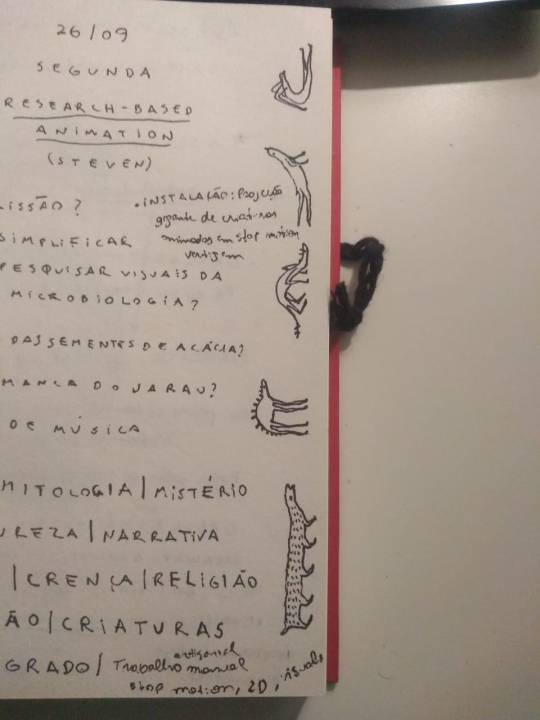
0 notes
Photo

#caracolette #love #animallove #death #mourning #afterdeath #communication #animalcommunication #natureculture #language #silence #meditation #transformation #metareality #metaphysics #paganism #mysticism #ceremony #ritual #telepathy #paranormal #marthacrijns #literature #poetry #kdp
0 notes
Photo

Naturecultures. Arte e Natura dall’Arte povera a oggi. Dalle Collezioni della Fondazione per l’Arte Moderna e Contemporanea CRT al Castello di Rivoli
Una mostra sulle opere della Collezione di Fondazione per l’Arte Moderna e Contemporanea CTR, con molte opere di Arte Povera, fa riflettere sui temi più scottanti della contemporaneità
0 notes
Quote
Biology is the fiction appropriate to objects called organisms; biology fashions the facts “discovered” about organic beings.
Donna Haraway, 1989
0 notes